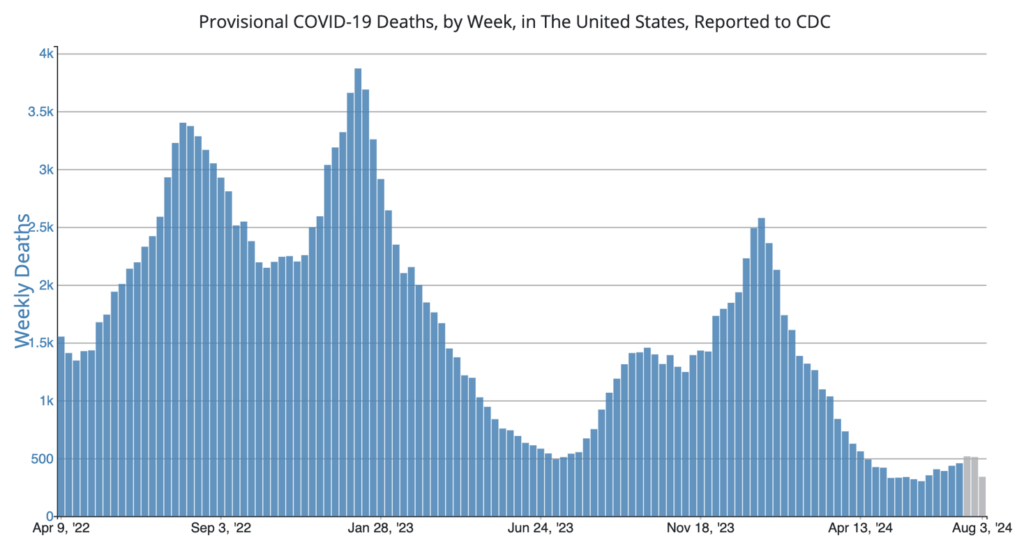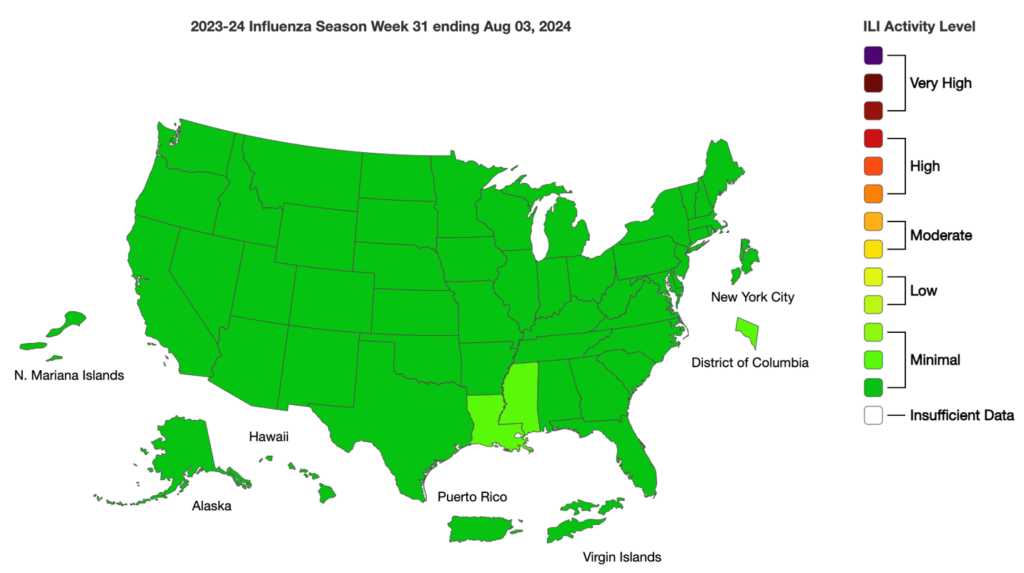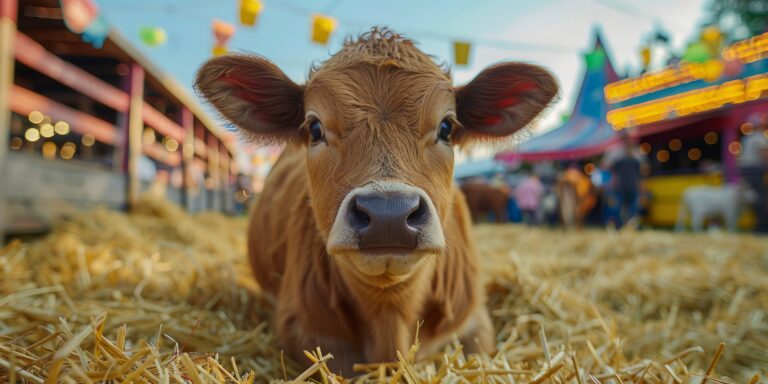While much of the focus on HPAI transmission among livestock and poultry has been placed on commercial farms, the seasonal rise in county and state fairs is shifting some of that focus to private farms and 4H/FFA show animals.
In April, USDA APHIS announced a Federal Order requiring new testing measures for interstate movement of dairy cattle to limit the spread of H5N1. While this would apply to some animals shown at the fairs, the majority are from in state, so would not be subject to this order. That does not mean, however, that there are no precautions in place.
Although experts do not know to what extent, if any, the recent increase in HPAI in dairy cattle would impact animals or humans at the fairs, states and counties across the U.S. are implementing guidelines designed to help protect both. Thus far, all human cases of HPAI have been mild, but with H5N1 implicated in 172 outbreaks in 13 states, more than a dozen agricultural worker cases detected, and the lack of understanding about the cattle transmission, precautions are critical.
Take the animal exhibition guidelines of two of the largest state fairs as examples:
- The Texas State Fair requires a certificate indicating that an accredited veterinarian found the animal or fowl to be “free of symptoms or evidence of communicable disease and that all tests, immunizations or treatments required by the TAHC were completed.”
- The Minnesota State Fair requires that all lactating dairy cows have a negative test for H5N1 and a Certificate of Veterinary Inspection, and veterinarians will inspect cattle in their stalls during the fair. In fact, a July 24th publication from the University of Minnesota Extension recommends that lactating dairy cattle be completely banned from exhibitions, including those of county and state fairs, until at least 2025, given the high risk posed by these cattle. Although the Minnesota State Fair requirements don’t go that far, they do exclude birthing cows in the Miracle of Birth Center, as well as any cow-calf pairs for which the calf hasn’t been weaned or the cow is still lactating.
The Minnesota fair guidelines also stress the inevitable biosecurity risks of attending any fair and exhibition where animals of different species, breeds and ages are brought together, noting that the owner is “the best advocate and protector for your herd’s health.”
Similar precautions should be considered for people attending fairs. With CDC estimating that COVID-19 infections are growing or likely growing in 32 states, a person in Michigan being diagnosed with swine flu, and HPAI continuing to be an issue, health protections are more critical than ever. Refraining from eating or drinking while visiting animal areas, taking the time to wash or sanitize hands afterward, and considering avoidance by those more susceptible persons can help keep everyone safer and healthier.
COVID Risk Matrix:

Influenza:


COVID:
-
- Cases are increasing in the US. Health officials are urging diligence in symptom monitoring, including the use of rapid tests, and considerations of precautions, such as masking.
-
- A study found that genetic risk factors for COVID-19 and influenza are distinct.
-
- A reminder from the CDC for everyone aged 6 months and older to receive the updated 2024-2025 COVID-19 and flu vaccines to protect against the upcoming COVID and flu seasons.
-
- About 400 million people worldwide have Long COVID, researchers say.
Legionella:
-
- The number of cases in a Legionnaires’ disease outbreak in Melbourne AU is at 107 and 2 people have died. The source has been traced back to a cooling tower in Laverton North, in the city’s west.
- 24 cases of legionellosis in London, Ontario may be linked to detections of the bacteria in 3 nearby cooling towers. Further investigation is needed before these possible sources can be confirmed.
-
- A recent norovirus outbreak on the UK P&O Cruise ship Ventura from the UK to the Canary Islands affected over 500 passengers and crew members. This represents about 12% of the people on board.
-
- The Africa Centres for Disease Control and Prevention (Africa CDC) has declared its first public health emergency of continental security (PHECS) in response to the worsening mpox situation, particularly in the Democratic Republic of the Congo (DRC), where a new virus strain has emerged. The announcement comes as cases have tripled and this has prompted the World Health Organization (WHO) to also declare mpox a global health emergency since the case-fatality rate higher than expected. Experts are concerned about the virus’ spread to new countries, the lack of vaccines, and limited diagnostic capacity.





